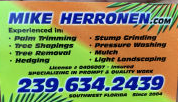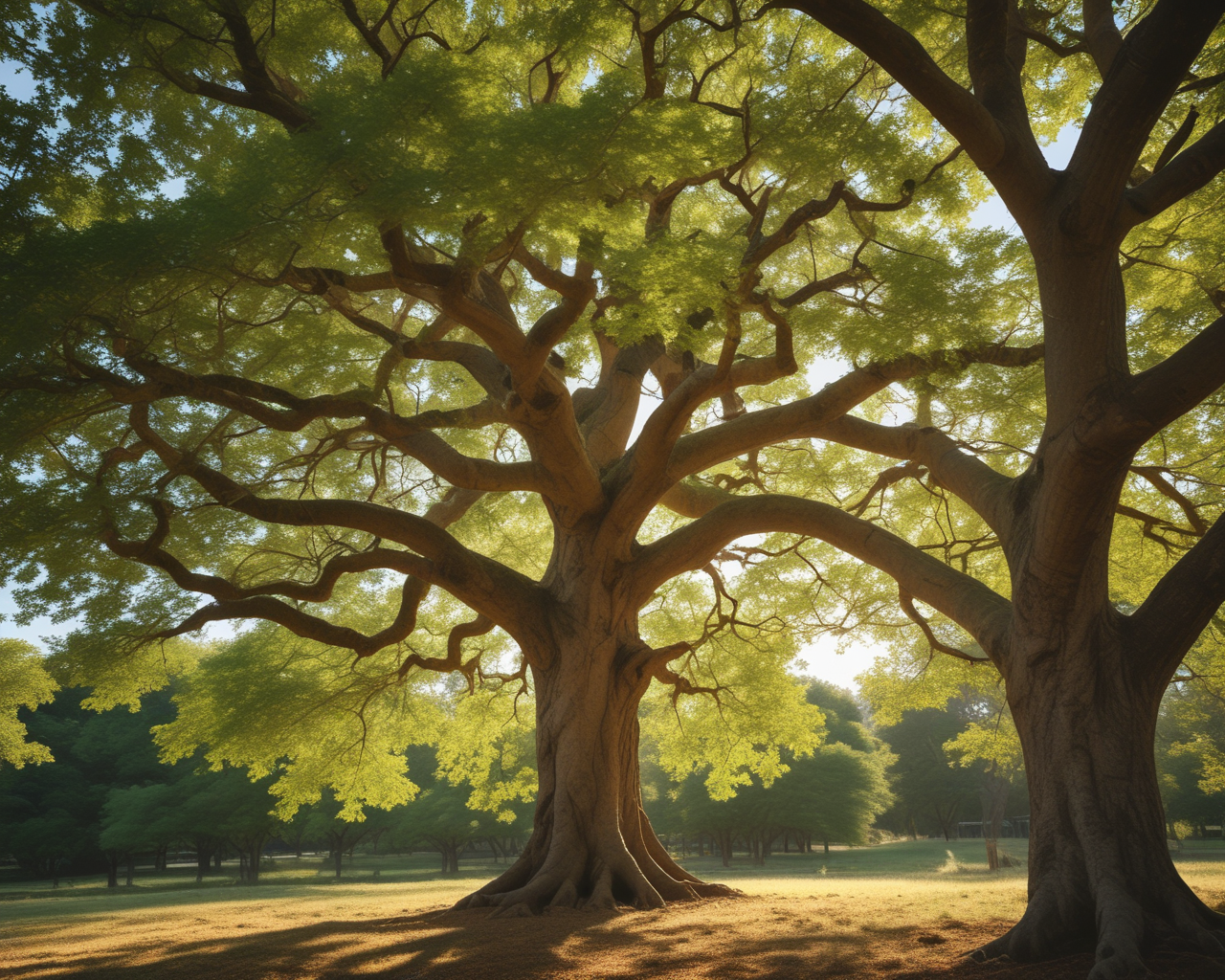Mastering Sycamore Tree Pruning in Lehigh Acres: A Comprehensive Guide
When it comes to maintaining the health and beauty of your sycamore trees in Lehigh Acres, proper pruning is an essential practice. Pruning is not just about snipping away branches; it's an art and science that requires a deep understanding of tree biology and growth patterns. In this comprehensive guide, we will delve into the intricacies of sycamore tree pruning, offering expert tips and insights to help you keep your trees thriving.
The Importance of Sycamore Tree Pruning
Pruning a sycamore tree is akin to giving it a well-deserved spa treatment. Just as a haircut can rejuvenate a person, proper pruning can invigorate a tree, promoting healthy growth and enhancing its overall appearance. Here are some key reasons why pruning is crucial:
- Health: Removing dead or diseased branches prevents the spread of infections and allows the tree to allocate resources to healthy growth.
- Safety: Pruning reduces the risk of falling branches, ensuring the safety of your property and loved ones.
- Aesthetics: Well-pruned trees have a more attractive shape and can enhance the visual appeal of your landscape.
- Sunlight and Air Circulation: Pruning allows more sunlight and air to reach the inner branches, promoting better photosynthesis and reducing the risk of fungal diseases.
Understanding Sycamore Tree Biology
Before you embark on your pruning journey, it's essential to understand the biology of sycamore trees. These majestic trees, known for their distinctive bark and broad leaves, have unique growth patterns that influence how they should be pruned.
Sycamore trees are deciduous, meaning they shed their leaves annually. They typically have a strong central trunk with lateral branches that spread outwards. Understanding the tree's natural growth habit will help you make informed decisions during the pruning process.
When to Prune Sycamore Trees
Timing is everything when it comes to pruning sycamore trees. Pruning at the right time ensures optimal results and minimizes stress on the tree. The best time to prune sycamores in Lehigh Acres is during the late winter or early spring, just before new growth begins. Pruning during this period allows the tree to heal quickly and encourages vigorous growth in the upcoming season.
However, there are exceptions to this rule. If you notice dead, damaged, or diseased branches, it's essential to remove them promptly, regardless of the season. Safety always comes first!
Essential Tools for Sycamore Tree Pruning
Just as a chef needs the right utensils to create a culinary masterpiece, a tree pruner requires the right tools to achieve the best results. Here are some essential tools you'll need:
- Pruning Shears: Ideal for cutting small branches and twigs.
- Loppers: Perfect for thicker branches that are out of reach.
- Pruning Saw: Necessary for cutting larger branches.
- Gloves and Safety Gear: Protect yourself from thorns, sharp branches, and potential hazards.
- Disinfectant: Clean your tools between cuts to prevent the spread of diseases.
Step-by-Step Guide to Pruning Sycamore Trees
Now that you're equipped with the right tools and knowledge, it's time to dive into the step-by-step process of pruning sycamore trees. Follow these steps for a successful pruning session:
- Assess the Tree: Begin by thoroughly examining the tree. Identify dead, damaged, or diseased branches that need removal. Also, look for branches that cross or rub against each other.
- Start with the Deadwood: Remove any dead or dying branches first. These branches are often brittle and can be easily identified.
- Thin Out the Canopy: To improve air circulation and sunlight penetration, selectively remove some of the inner branches. Avoid excessive thinning, as it can stress the tree.
- Shape the Tree: Focus on maintaining the tree's natural shape. Trim back any branches that disrupt the tree's symmetry or interfere with structures.
- Make Clean Cuts: When cutting branches, make clean cuts just outside the branch collar (the swollen area where the branch meets the trunk). Avoid leaving stubs, as they can invite pests and diseases.
- Disinfect Your Tools: After each cut, disinfect your tools to prevent the spread of diseases. A simple solution of bleach and water works effectively.
Common Mistakes to Avoid
Even the most experienced pruners can make mistakes. Here are some common pitfalls to watch out for:
- Over-Pruning: Removing too many branches can stress the tree and hinder its growth. Aim for a balanced approach.
- Topping: Cutting off the top of the tree can lead to weak regrowth and an unsightly appearance. Focus on selective pruning instead.
- Ignoring Safety: Always prioritize safety. Use proper safety gear and be cautious when working at heights.
- Improper Cuts: Avoid making flush cuts or leaving stubs. Proper cuts promote faster healing and reduce the risk of infections.
Aftercare and Maintenance
Pruning is just the beginning of your tree care journey. After pruning, it's essential to provide proper aftercare to ensure the tree's health and vitality:
- Watering: Keep the tree well-watered, especially during dry periods. Proper hydration supports recovery and growth.
- Mulching: Apply a layer of mulch around the base of the tree to retain moisture and regulate soil temperature.
- Fertilizing: Consider applying a balanced fertilizer to provide essential nutrients. Follow the manufacturer's recommendations for application rates.
- Monitoring: Regularly inspect the tree for signs of stress, disease, or pest infestations. Early detection allows for prompt intervention.
The Benefits of Professional Tree Services
While DIY pruning can be rewarding, there are instances where professional assistance is invaluable. Hiring a licensed and insured tree service, like Mike Herronen's Tree Service, offers several benefits:
- Expertise: Professional arborists have the knowledge and experience to make precise cuts and ensure the tree's health.
- Safety: Tree pruning can be hazardous, especially for tall or large trees. Professionals have the right equipment and training to handle the job safely.
- Efficiency: Professionals can complete the job quickly and efficiently, saving you time and effort.
- Comprehensive Services: In addition to pruning, professional tree services often offer a range of services, including tree removal, stump grinding, and light landscaping.
For residents of Lehigh Acres, Mike Herronen's Tree Service has been a trusted name since 2004. With a commitment to excellence and a focus on customer satisfaction, they provide top-notch tree care services to keep your landscape looking its best. Clear Your Space, Secure Your Safety with their expert assistance.
Conclusion
Pruning sycamore trees in Lehigh Acres is a rewarding endeavor that requires a blend of knowledge, skill, and patience. By understanding the importance of pruning, mastering the techniques, and avoiding common mistakes, you can ensure the health and beauty of your sycamore trees for years to come.
Whether you choose to tackle the task yourself or enlist the help of professionals like Mike Herronen's Tree Service, the key is to approach pruning with care and respect for the tree's natural growth patterns. Happy pruning!

